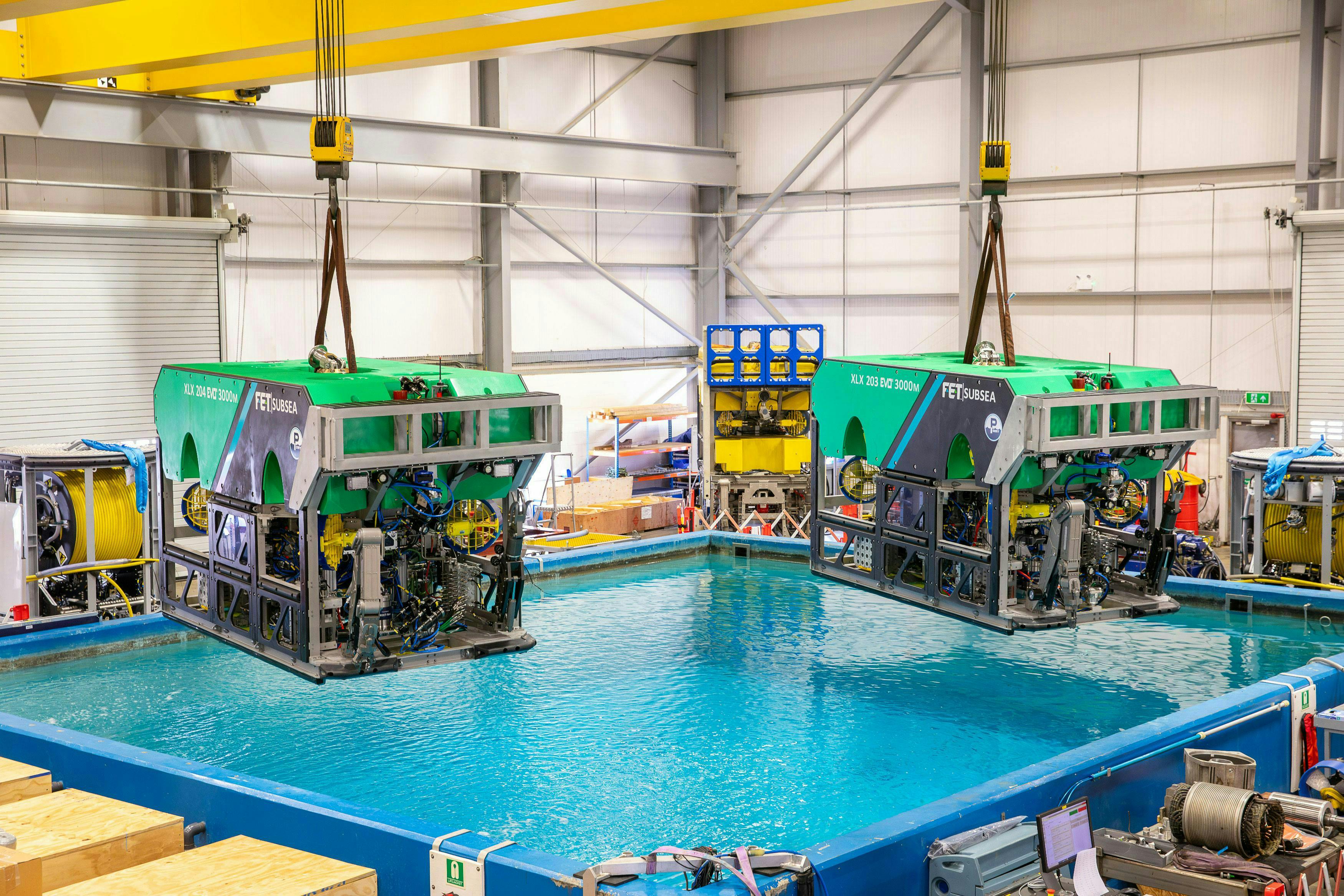ADIPEC 2024: Subsea sector plays critical role in diversification of oil and gas industry
By Ivo Bozukov, Forum Energy Technologies
As the world’s energy landscape evolves, there is a question whether companies traditionally focused on the oil and gas sector should diversify. Some also question whether existing technology can be deployed to serve multiple energy sectors. Growing investment in renewable energy sources to support higher electricity demand is underway and the subsea sector—historically a backbone of oil and gas—plays a critical role to support this development. This support is delivered through technology such as remotely operated vehicles (ROVs) and offshore construction handling systems.
The ADIPEC event, taking place this week in Abu Dhabi, is a critical platform for showcasing technological advances for hydrocarbon exploration and production. However, the industry must recognize there is an opportunity for broader collaboration, and it needs to capitalize on a shifting paradigm: the energy transition is evolving and expanding the use of subsea technology.
Building a bridge from oil and gas to offshore wind and wave energy
In many ways, offshore wind and wave energy present a natural progression for subsea companies. It requires similar expertise in harsh marine environments, advanced underwater robotics and extensive data collection.
ROVs, for example, have traditionally been used to inspect, maintain and repair underwater oil, gas and telecommunications infrastructure. Now, these same capabilities are critical for offshore wind farms, where ROVs can inspect turbines and cables with a high degree of accuracy and minimal human intervention.
Advanced ROVs designed for precision and endurance are well suited for the now mature fixed offshore wind and emerging floating offshore wind and wave markets, allowing operators to reduce costs, improve safety and optimize maintenance schedules.
The advancement of offshore communications technologies, such as Starlink, has made broadband at sea both more affordable and reliable. This new technology enables subsea robotics to take on a new chapter by applying remote monitoring, remote control and even degrees of autonomy. Placing crewmembers onshore creates opportunities for better work-life balance for ROV operators, reduces costs and hours offshore, and leads to less health and safety risk.
Opportunities to enhance technologies serving the blue economy
It is not just the energy industry where there are opportunities for the technology to evolve. In telecommunications, demand for reliable digital connectivity has soared, and much of the world’s data are transmitted through subsea cables stretching thousands of miles along the ocean floor. These cables require regular inspection, maintenance and occasional repair to avoid the significant economic impacts that come with downtime. Maintaining a constant state of operational readiness is paramount.
Transition from the blue economy to maritime security
In the world of defense, governments are focused on securing underwater critical infrastructure, such as pipelines, telecommunications cables and other offshore installations, as well as establishing less human-intensive monitoring of subsea activity.
For example, an ROV’s capability to operate in remote or hazardous conditions, either controlled from a vessel, remotely controlled from an onshore operations center or even autonomously navigating, offers an advantage in monitoring underwater infrastructure.
In some cases, technologies are outfitted with sensors capable of detecting unusual movements or signs of tampering. Such innovations highlight how the oil and gas sector’s legacy of technological leadership can enhance national security by providing sophisticated solutions to a critical need.
Advancing the energy transition with cross-industry expertise
As subsea technology becomes essential across various industries, companies that traditionally focused on offshore oil and gas will have a unique opportunity to take the lead in the new blue energy landscape.
While the energy transition is predominantly focused on reducing fossil fuel dependence, it requires companies such as Forum Energy Technologies (FET) to transfer technological prowess to applications in new sectors, generating new revenue streams, and supporting global sustainability and security goals. For example, the company's ROVs, offshore handling systems and winches are now used across a broad range of applications, including salvaging the bell from US navy World War I wrecks and assisting Canadian educational institutions to study the ocean depths.
ADIPEC presents FET and others with the opportunity to showcase the industry’s ability to innovate and find new roles for established technologies and processes. The needs of offshore wind, telecommunications and defense are demanding and specialized, but they are challenges the subsea industry is well equipped to solve.
Forum Energy Technologies (FET) is exhibiting in Hall 7 at booth 7330 at ADIPEC 2024 this week in Abu Dhabi, UAE.
About the Author

Ivo Bozukov
Vice president for Dynacon & Energy Transition at Forum Energy Technologies (FET), Ivo Bozukov has a wealth of experience across the oil and gas and energy transition space. He joined FET in 2014, originally supporting the team in a director role in the company's pipeline division. Since then, he has led the company in its energy transition journey, working to foster transformative change on a global scale.

